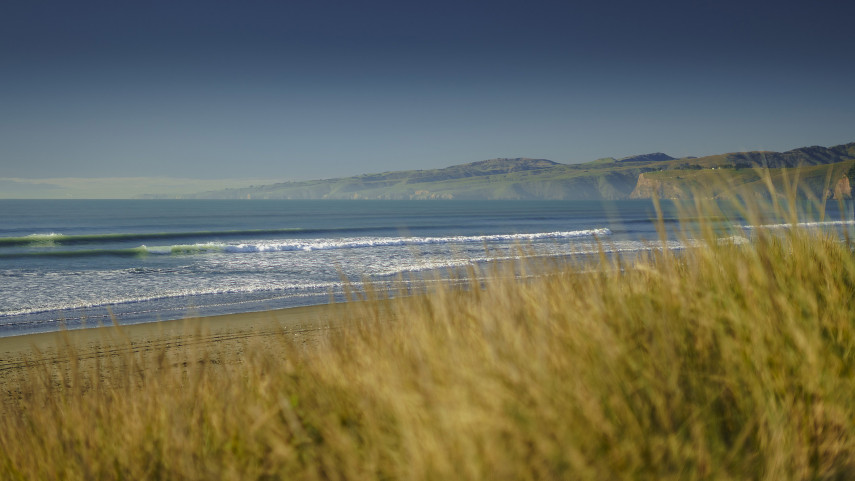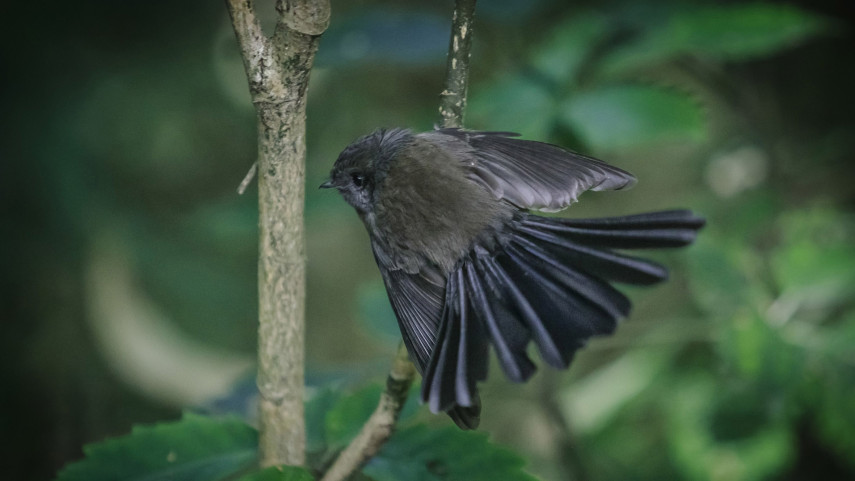A citizen science project that aimed to boost biodiversity by bringing back native mistletoe into urban Christchurch.
For the past two years, we have worked with the citizens of Christchurch to establish 500 native green mistletoe/pirita plants and in doing so, boost biodiversity by attracting native birds and insects back to our urban environment.
After seeding their mistletoe plants, volunteers kept us up to date with their plant's progress via online surveys. From these surveys we were able to learn more about how mistletoe are established and how close to our goal we are.
Timeline
In 2016, the project was started as student research, funded by the Friends of the Christchurch Botanic Gardens and the University of Canterbury. Mistletoe was seeded throughout the Botanic Gardens, and 33 plants are now established.
In 2017, mistletoe was seeded throughout 300 volunteer's backyards. 350 plants germinated from these seeds.
In 2018, mistletoe was again seeded throughout another 300 backyards and we now have a total of 493 germinated mistletoe plants.

Native mistletoe is hemi-parasitic. This means they need to take nutrients and water from another plant (their host) but they still photosynthesise and produce flowers and fruit.
There are nine different varieties of native mistletoe although one has been extinct since 1954. For this project we focused on one of the green mistletoe, Ileostylus micranthus, because it is capable of growing on over 200 host trees and shrubs. It is currently found on the Port Hills and Banks Peninsula.
Ileostylus grows on shrubs and trees, forming an evergreen ball of lush leaves that can grow up to two metres. This mistletoe produces small green flowers in summer and bright yellow fruit through autumn and winter. During winter when deciduous trees lose their leaves, this mistletoe brightens up gardens.
Green mistletoe is also known to attract native birds, and insect pollinators such as bees.
From the 2017 and 2018 projects, we found higher germination rates on the hosts below:
| Common native species | Common exotic species |
|---|---|
|
|
Over the two years, oak and coprosma had the highest germination rates at 25% and 19%, respectively.
Related news

New surveys to chart coastal shifts after storms
Christchurch City Council is taking to the skies to get a clearer picture of how parts of the district’s coastline are being changed by storms.
3 Jul 2025
Restoring Papanui Bush back to its roots
The once mighty Papanui Bush stood proudly as a 30-hectare remnant of the Canterbury Plains.
4 Jun 2025
Funding supports weed and pest control efforts
Nineteen environmental protection projects have been supported through the Christchurch City Council’s Biodiversity Fund.
29 May 2025